1. Introduction
1.1 Concept and Importance of Predictive Maintenance
Predictive Maintenance (PM) is an advanced maintenance strategy that leverages real-time monitoring and data analysis to predict potential equipment failures and anomalies. By addressing issues before they escalate into failures, PM minimizes downtime and reduces maintenance costs.
In the refining and petrochemical industries, instrumentation and control systems are critical components that ensure safe and efficient production. Their operational stability and reliability directly impact plant safety and economic performance. Implementing PM strategies for these systems enhances asset integrity, reduces failure rates, and ensures reliable operations, ultimately improving productivity and profitability.
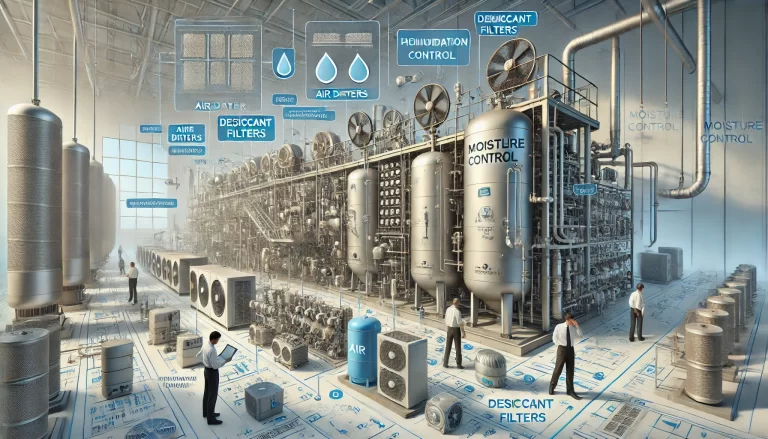
1.2 The Evolution of Maintenance Strategies in Refining Enterprises
As refining enterprises expand and equipment complexity increases, traditional periodic maintenance methods have become inadequate for ensuring operational safety and stability. Preventive maintenance strategies emerged to bridge this gap, focusing on condition-based monitoring and predictive analytics. The primary objectives of PM in refining enterprises are:
Reducing unplanned downtime through early failure detection.
Extending equipment lifespan via optimized maintenance scheduling.
Enhancing safety and compliance with regulatory requirements.
Minimizing operational costs associated with unexpected failures.
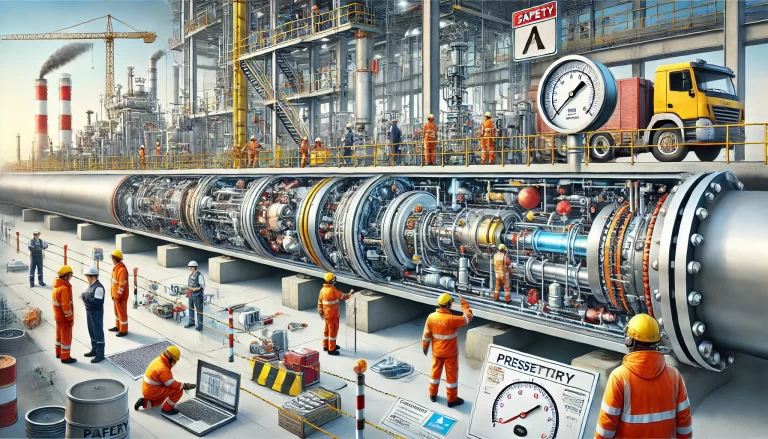
1.3 Relationship Between Predictive Maintenance and Other Maintenance Strategies
Predictive Maintenance complements and enhances traditional maintenance approaches:
Periodic Maintenance: Both strategies aim to ensure equipment reliability, but PM emphasizes real-time condition monitoring and data analysis rather than pre-scheduled servicing.
Seasonal and Special Inspections: Unlike scheduled inspections, PM provides continuous monitoring, offering a more precise and timely approach to maintenance planning.
Hybrid Approaches: PM integrates with other maintenance methods to form a comprehensive equipment management system.
2. Implementation of Predictive Maintenance in Instrumentation and Control Systems
2.1 Methods for Identifying Equipment Deficiencies
Instrumentation and control systems in refining enterprises demand high precision and reliability. PM implementation involves:
Real-time Condition Monitoring: Continuous tracking of equipment parameters like pressure, temperature, and flow to detect deviations.
Intelligent Inspections: Automated systems that follow pre-defined routes to perform regular inspections and record anomalies.
Key Monitoring Points: Strategic placement of sensors and monitoring tools at critical system locations.
Advanced Diagnostic Techniques: Including vibration analysis, infrared thermography, oil analysis, and AI-driven anomaly detection.
2.2 Data Analysis and Optimization of Maintenance Cycles
The determination of maintenance intervals must balance equipment reliability and cost-effectiveness. This involves:
Data Collection and Structuring: Gathering real-time equipment performance data.
Failure Pattern Analysis: Identifying common fault trends based on historical data.
Predictive Modeling: Utilizing AI and machine learning algorithms to optimize maintenance schedules.
Adaptive Scheduling: Adjusting maintenance cycles based on real-time equipment conditions.
2.3 Case Study: PM Implementation in a Refining Plant
A major refining enterprise adopted PM to monitor critical control valves and pressure sensors. By implementing online condition monitoring, they reduced unscheduled shutdowns by 35% and cut maintenance costs by 20% within the first year. Predictive analytics enabled them to identify early signs of wear, allowing timely interventions and reducing overall equipment failures.
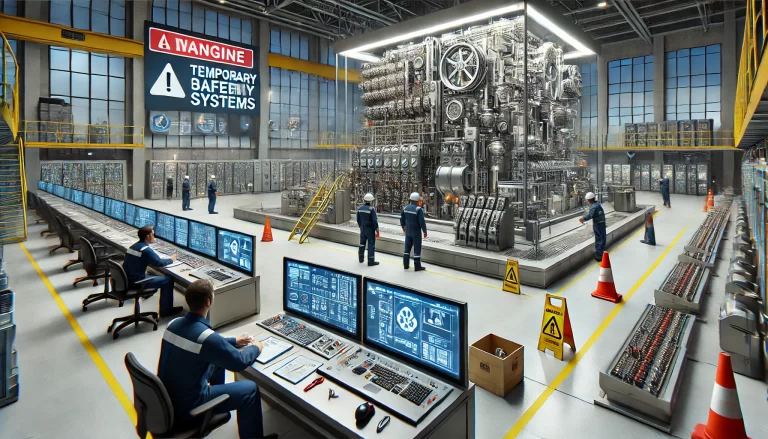
3. Role and Management of Predictive Maintenance Platforms
3.1 Essential Functions of a Predictive Maintenance Platform
A predictive maintenance platform should provide:
Real-time Data Monitoring: Collecting and analyzing live equipment data.
Predictive Analytics: AI-driven models to forecast failures.
Centralized Data Management: A unified database for maintenance tracking.
Remote Monitoring and Control: IoT-enabled remote diagnostics and maintenance support.
3.2 Importance of a Unified Monitoring System
A centralized platform enhances enterprise-wide maintenance strategies by:
Improving cross-departmental coordination.
Enabling faster response times to anomalies.
Reducing redundant inspections and associated costs.
3.3 Implementation Strategy for a Predictive Maintenance Platform
Phase 1: Pilot Testing: Selecting critical equipment for initial PM trials.
Phase 2: Performance Evaluation: Refining monitoring parameters based on pilot results.
Phase 3: Enterprise-wide Deployment: Scaling up the platform and integrating it with existing maintenance workflows.
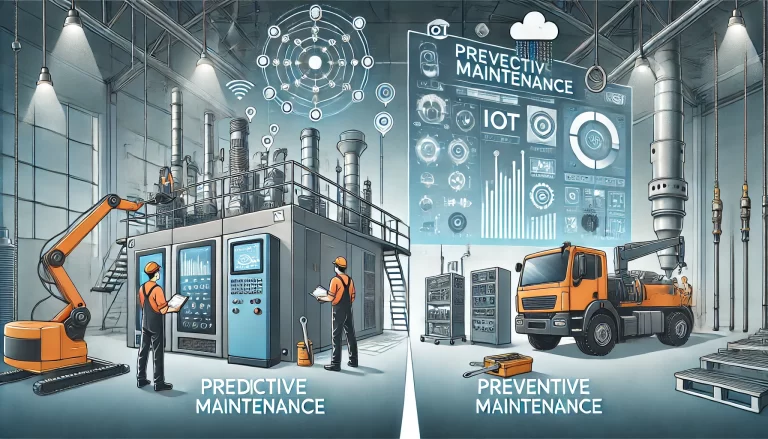
4. Challenges and Solutions in Implementing Predictive Maintenance
4.1 Common Challenges
Technical Limitations: Inaccuracy in monitoring systems may lead to false alerts or missed failures.
Data Quality Issues: Incomplete or inconsistent data can affect failure predictions.
Skill Gaps: Maintenance personnel may lack expertise in predictive analytics.
High Initial Investment: Upfront costs for sensors, platforms, and training can be substantial.
Management Complexity: Coordinating across departments and standardizing procedures is challenging.
4.2 Solutions and Best Practices
Enhancing Technology Accuracy: Investing in AI-driven analytics and advanced sensor technologies.
Improving Data Integrity: Implementing robust data management protocols.
Training Programs: Upskilling maintenance teams in predictive analytics and digital tools.
Cost-Benefit Analysis: Demonstrating ROI through pilot projects before large-scale investment.
Cross-Department Collaboration: Establishing clear roles and responsibilities in PM workflows.
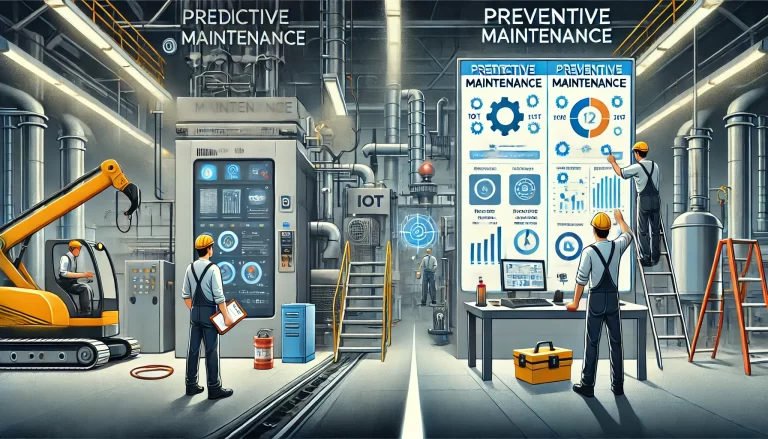
5. Future Trends in Predictive Maintenance
5.1 Increasing AI and Machine Learning Integration
AI-driven PM will enhance failure prediction accuracy by learning from historical failure patterns and continuously optimizing maintenance strategies.
5.2 Industrial IoT and Edge Computing
The rise of Industrial Internet of Things (IIoT) and edge computing will facilitate faster data processing at the source, reducing latency in failure detection.
5.3 Case Study: AI-enhanced Predictive Maintenance
A leading energy company deployed AI-powered predictive maintenance to monitor turbine operations. The system predicted mechanical failures up to 30 days in advance, reducing downtime by 40% and increasing operational efficiency.
5.4 The Role of Digital Twins
Digital twin technology, which creates virtual replicas of physical assets, will become a key tool for simulating different maintenance scenarios and optimizing predictive strategies.

6. Conclusion
Predictive Maintenance is revolutionizing instrumentation and control systems by reducing downtime, improving safety, and optimizing costs. As AI, IoT, and big data continue to evolve, PM will become even more sophisticated and effective. Despite challenges such as technical constraints and high initial investments, strategic implementation and cross-departmental collaboration will enable organizations to maximize the benefits of predictive maintenance.
By leveraging AI-driven analytics, real-time monitoring, and digital twin technology, the future of predictive maintenance promises increased reliability and efficiency in industrial operations. Organizations that adopt these advancements early will gain a significant competitive edge in asset management and operational excellence.
